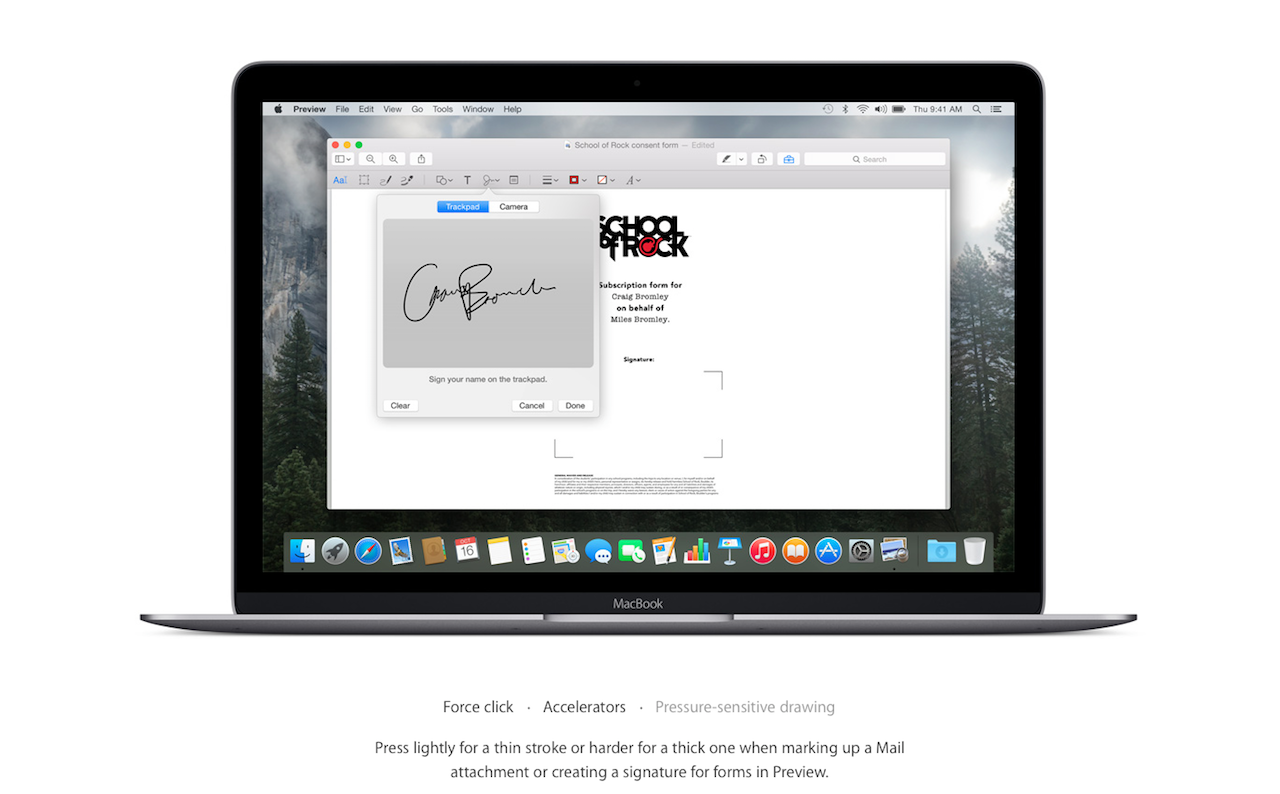Pen Support Won’t Save the iPad, But It Needs It Anyway
As we approach Apple’s Fall Announcement season, rumors are swirling up once more about the “iPad Pro†and its purported stylus. Will pen support be the magic bullet that saves the iPad? Absolutely not. For the most part, pre-iPad tablets had styluses to make up for technical limitations of touchscreen accuracy and the need to hit tiny, fiddly buttons on desktop UIs. We’ve come a long way since then, unless you’re Microsoft. And we know how we’ll the Surface Pro’s been doing these days. Besides, styluses suck. They’re expensive, and easily lost—and the more expensive and fancy they are, the more likely you are to lose them. Considering Apple’s predilection for smaller, thinner devices with fewer ports, do you think Apple’s going sell a device with a slot to tote a stylus in?
That’s not to say that pen support won’t come to the iPad. It has to. Pen support is, to borrow a phrase from John Siracusa, necessary, but not sufficient for the tablet to replace the PC as the dominant form of computing. I doubt Apple will make their own stylus, and if they do, it certainly won’t be a “smart†stylus. Apple’s methodology with iOS devices is to add capabilities and sensors to the device itself, not to add hooks for outside hardware. A stylus runs counter to this approach. All Apple needs to do to bring pen support to the iPad is something they’re clearly planning to do anyway: add Force Touch.
When the new MacBook launched, with the Force Touch trackpad, a few people noticed that in the Force Touch section of the design page, it mentions “pressure-sensitive drawing†as a feature. Within a week, it was forgotten, mostly because everyone freaked out about the new keyboard. Force Touch trackpads have enough pressure sensitivity that one could use it to sign something, even without a stylus, but it works with one, too. An iPad with Force Touch sensors in the display will suddenly make every stylus on the market be pressure sensitive. The only reason Apple would need to make their own stylus is to snag a couple extra bucks of profit from accessory purchases.
On top of all that, baked into MacOS X is Inkwell, a handwriting recognition technology first created for the Newton (replacing the licensed technology that gave us “Eat Up Marthaâ€). iOS is built on the same core technologies as OS X, and so, if Inkwell isn’t already baked in to iOS, it probably wouldn’t be difficult to port it. All you need to do is look at the new Notes app in iOS 9 to see where Newton-style handwriting recognition could be used on a first-party basis. And if Inkwell can be turned into an API, all kinds of crazy apps could tap into it, creating myriad new uses for pen computing.
Reading the tea leaves, it’s pretty clear how Apple will bring pen support to the iPad, and to other iOS devices: a Force Touch display, Inkwell handwriting technology (or a successor), and leveraging the huge array of pre-existing styluses to match everyone’s preference. Boom. We’ll find out in October if I’m even close to right on this, but for anyone hoping for a first-party stylus, don’t hold your breath. I’m not a betting man, but I’d bet on that.
For the iPad, and tablets in general, to supplant traditional PCs, there’s more that needs to be done: longer battery life, more CPU power, better input, and—most importantly—faster inter-device wireless connectivity. Pen support certainly goes a long way towards solving the input problem, but that alone won’t save flagging iPad sales. It’s a very good first step, though.
